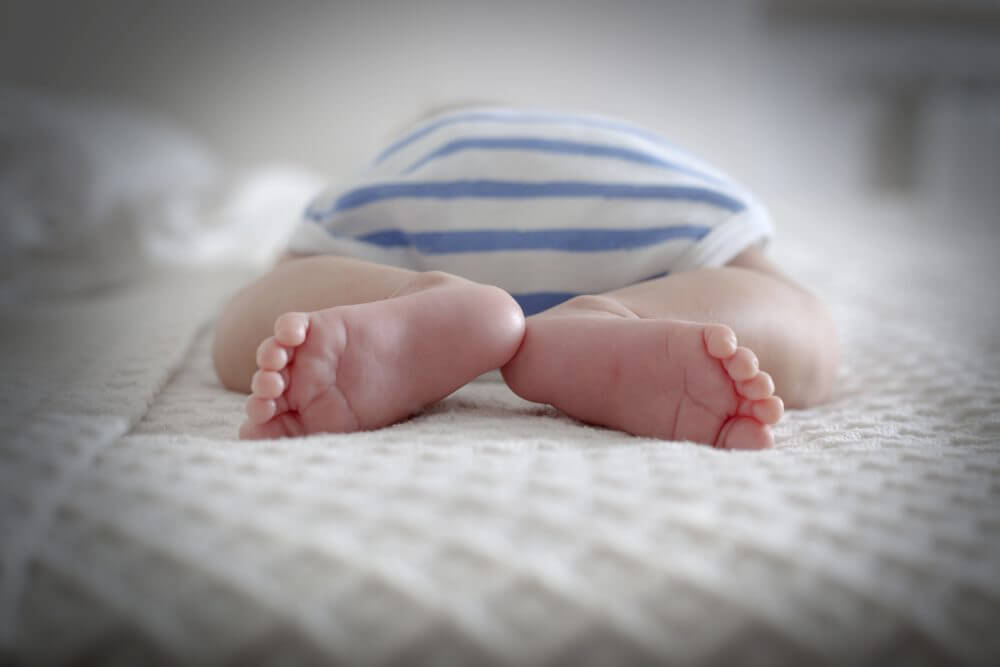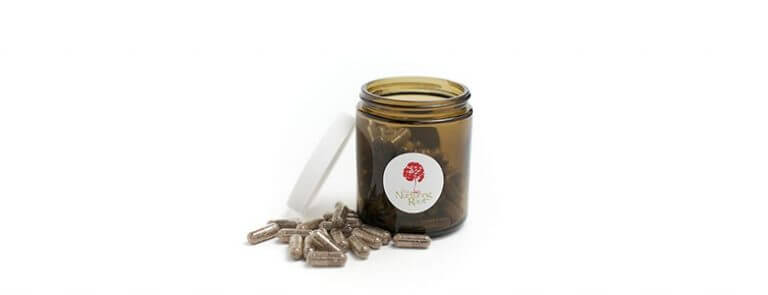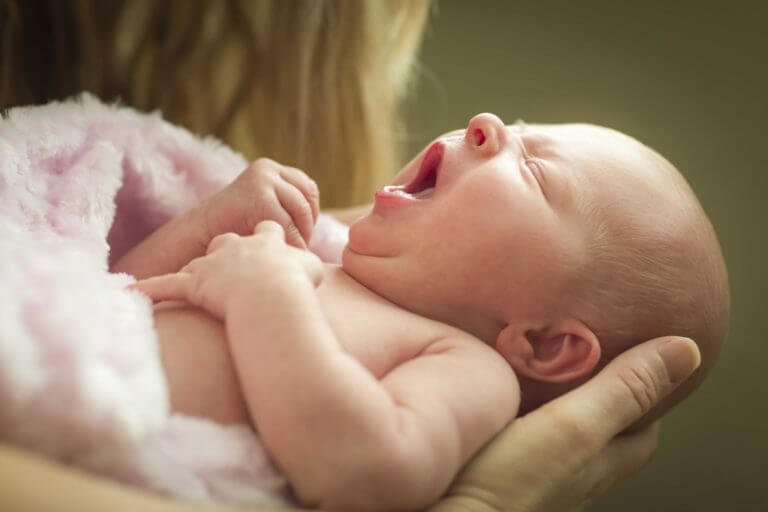New Recommendations From The American Academy Of Pediatrics
The American Academy Of Pediatrics (AAP) 2016 National Conference and Exhibition concluded last week. During their annual meeting, the AAP discussed a wide array of topics, and presented studies regarding children’s health and wellness. During the conference, the AAP released updated recommendations on two important topics: healthy media use, and safe sleep practices for infants.
Healthy Media Use
The new media use policy released last week acknowledges most American families are using screen-time on a daily basis. While digital media can have a positive impact on a child’s development, it needs to be used correctly. To help your family make smart media choices, here are the updated rules and tools for screen-time.
Infants and Toddlers: No screens (This includes phones, tablets, computers, and televisions) for children under 18 months. Previously the ‘zero media’ recommendation was up to two years old. AAP recognizes that many families use video chatting apps, like FaceTime, to connect better with relatives. Easing the age restriction ales it more manageable for younger kids to begin using limited digital media. If you would like to introduce your child, aged 18-24 months, to screens only view ‘high quality’ programming or video chat for short durations. You should always be present to help your toddler understand what they are seeing.
Preschool, Ages 2-5 Years Preschoolers should watch no more that one hour of media per day. Previously, it was recommended that children of all ages, have no more than two hours of screen-time per day. The AAP also clarifies that you should continue to co-view high quality programming with younger kids, whenever possible.
Children, 6 Years+ The advice for older kids is more ambiguous. The AAP recognizes that setting a universally specific digital media limit does not work for families. The new suggestions are to use good judgement; be consistent and clear with screen-time rules. Also make sure that your older child is getting plenty of play, rest, study, and conversation time throughout the day. A new and really important aspect of the guidelines, is communicating regularly with your kids about good online citizenship and treating others with respect.
This family media planner is a great new tool that can help you thoughtfully integrate screen-time boundaries and limits specific to your needs.
Safe Sleep Recommendations
The sleep guidelines released Monday are the updated recommendations for creating optimal circumstances and ideal infant sleep environments to reduce sudden infant death syndrome (SIDS) and other sleep-related deaths.
With this goal, the American Academy Of Pediatrics advises:
- Immediate skin-to-skin contact, for at least one hour uninterrupted, after birth. Skin-to-skin contact helps regulate your newborn’s neurological systems.
- Exclusively breastfeeding your baby for at least the first six months. Nursing your baby reduces her risk of sleep-related death by nearly fifty percent.
- Infants be placed only on their back, in a crib, bed, or bassinet with a firm mattress, covered only with a fitted sheet for naps and at bedtime. The surface should be free from pillows, blankets, bumpers, and toys.
- Avoid using sleep positioners, such as sleep wedges, foam pillows, car seats, ‘Rock ‘n Play’ sleepers, and automated infant swings. These surfaces can be too unstructured, soft, or inclined for young babies.
- Do not swaddle or bundle baby while asleep. Swaddling may contribute to positional asphyxiation and is not proven to reduce SIDS.
- Your infant should sleep in the same room, on a separate surface from you, until baby turns one year old. Room-sharing, sometimes called co-sleeping, has shown to reduce the risk of SIDS by fifty percent. In-bed and bedside co-sleepers, in addition to more traditional infant cots, bassinets, and cribs are all acceptable sleep surfaces.
The new policies also discuss best breastfeeding practices at night. The AAP now advises mothers to bring baby to bed to nurse. Insure all blankets, pillows, and flat sheets are removed. When you are finished breastfeeding, or baby is sleeping, place your infant back in her co-sleeper. Bringing baby to a couch or rocking chair to nurse is not recommended. The concern being mom and baby falling asleep in an unsafe position that could lead to positional asphyxiation. Mom and baby falling asleep while breastfeeding in bed is the safer option. The AAP does not endorse bed-sharing, rather ‘bed-nursing’ as an alternative.
The new AAP guidelines for media and SIDS reduction provide advice for what they consider optimal. There are also other organizations with different or more nuanced guidelines regarding screen-time and safe sleep practices. Ultimately, as a parent, it is your responsibility to research which policies and recommendations work best for your family.
If you live in the Baltimore area and are looking to learn more about infant sleep, consider attending this event, on November 6th, 2016, hosted by Thrive Chiropractic and Parenting Works.





